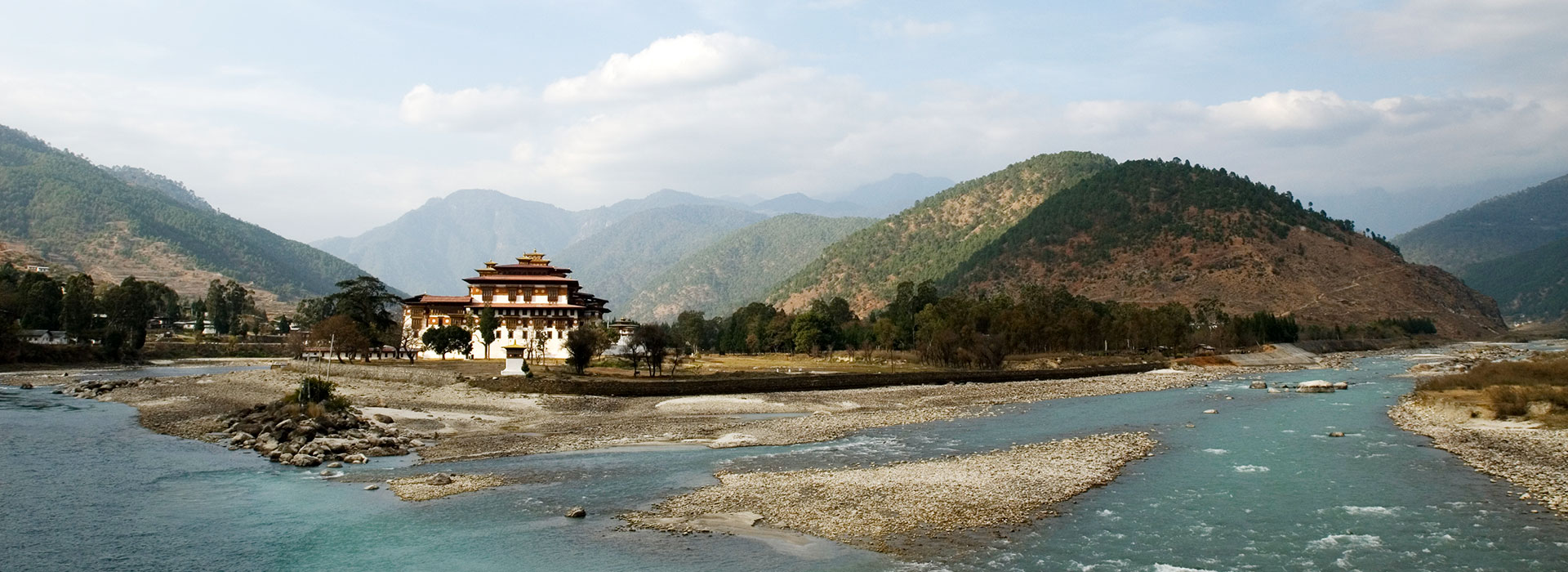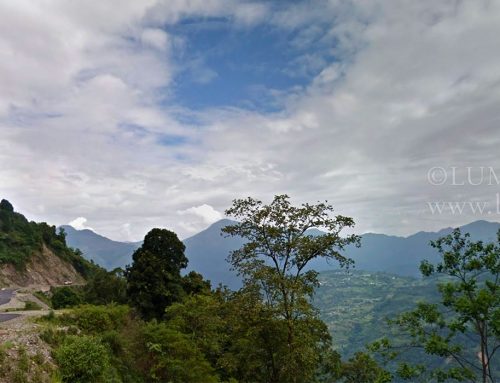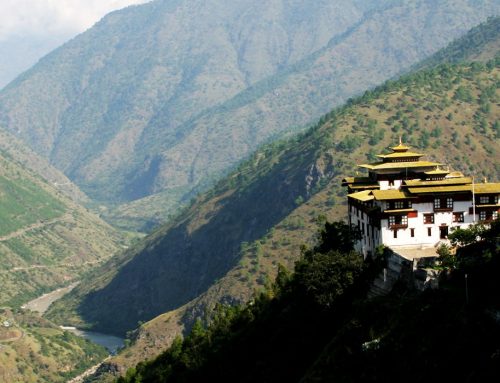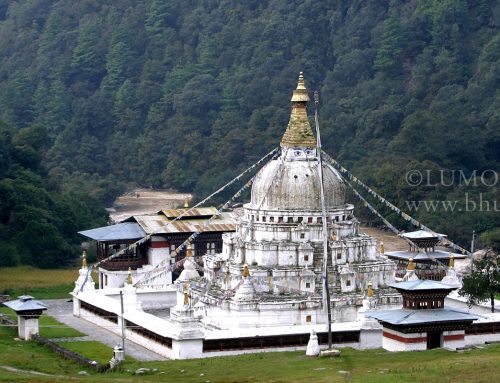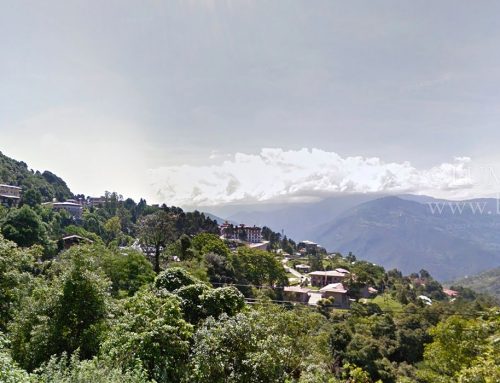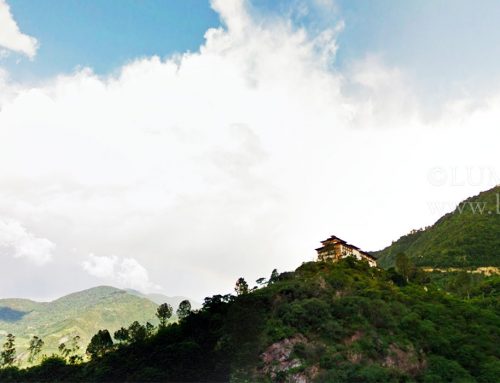Punakha is the historical heart of Bhutan. The district is witness to most momentous events in the country’s history. It was in Punakha that Zhabdrung Ngawang Namgyal first established the Chhoesid Nyiden, the dual system of government. In 1651, Punakha was named the capital of the newly unified country.
It was in Punakha, in 1907, where the Bhutanese people unanimously elected their first king His Majesty Gongsar Ugyen Wangchuck. The first session of the country’s Parliament was also held in the Punakha Dzong in 1955. Punakha Dzong still serves as the winter residence of the national monastic body.
Punakha Dzong, also known as Punthang Dewa Chenpoi Phodrang or the ‘Palace of Great Bliss’ houses the sacred Machen Lhakhang, the sanctum where the relic of Zhabdrung Ngawang Namgyal is preserved. It’s from this temple that the kings of Bhutan receive their blessings and ceremonial scarves for their coronation.
The district is home to several ancient temples like the Chimmi Lhakhang that honors Lama Drukpa Kunley, known across the entire Himalayan belt as the ‘Divine Madman’. Other holy sites include the Talo Sanga Choling, Nyeb Goemba, Tsephu Monastery, and the recently built Khamsum Yuelley Namgyel Choeten.
The people of Punakha are known as Punaps. They are a hard-working bunch of folks and speak the national language Dzongkha. Some parts of Jigme Dorji Wangchuck National Park fall in the district. The climate is warm and humid with relatively cool winters.
Paddy is the most popular crop of Punakha. The punaps also grow wheat, chilies, bananas, and persimmon. The Layaps and Lunaps of Gasa who live in the cold highlands migrate to Punakha in the winter.
Punakha Domchen is the major festival of the region and draws thousands of tourists each year. Other religious festivals include Talo Tsechu and Dado Tsechu.
Tourists also go rafting on the valley’s Mochu River.
Places of Interest: Punakha Dzong, Chimme Lhakhang, Talo Sanga Choling, Nyeb Goemba, Tsephu Monastery, Dzongchhung, Khamsum Yuelley Namgyel Choeten.


